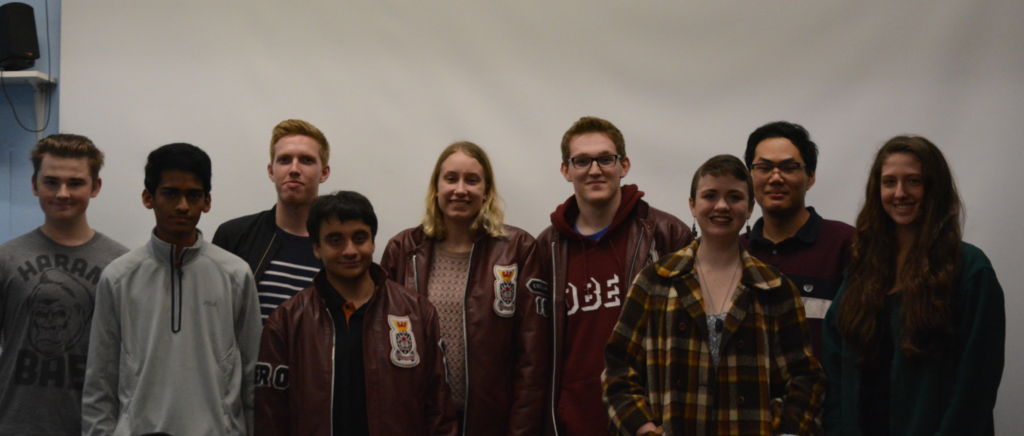The Carleton Off-Planet Specialized Mining Team (COSM) is one of the four finalists from across Canada that will be putting its design to the test aboard the Falcon-20.
The Falcon-20 has been modified in order to simulate microgravity by flying in parabolas.
The competition is open to any student team going to college or university in Canada, but is no small task to undertake.
The process begins with a Letter of Intent, sent to the Students for Exploration and Development of Space (SEDS) by October 7. The process ends with a two week window in which the teams will be testing their designs scheduled between July 24 and August 4.
The teams participating in this year’s competition are COSM, Analysing Viscosity and Inertia in Liquids (AVAIL) from the University of Toronto, Spinning Terrestrial-Analog Regolith Filtering Operation Experiment (STARFOX) from the University of Saskatchewan and Interfacial Science and Surface Engineering Lab (ISSELAB) from the University of Alberta).
Each group has submitted a different topic of research to focus on. AVAIL is looking at the coiling properties of various liquids under a microgravity environment. STARFOX’s goal is to create a mineral processing method suitable for microgravity environments. ISSELAB will be examining the curing process for 3-D printing in micro-gravity.
COSM’s project is to determine the effectiveness of different dust collection methods in low gravity environments.
Max Polzin, one of the group leaders and second-year aerospace engineering student, explains that their device will have two types of sample sections.
“Version one is a simple ‘cup’ to contain dust. It will be placed over the sample and the drill will move through the top in order to drill into the sample. This will act as a control method for the second collection method,” says Polzin. “Version two as the same cup design, however this will use static electricity to attract the dust to the sides of the cup. We hypothesize this will increase the capture rate.”
The goal of COSM’s experiment is to determine the effectiveness of dust mitigation.
“Dust from the moon degrades equipment really quickly, so it’s important to be able to study it and try to find a solution in a controlled environment *BLANK*,” says Polzin
The Carleton team is allowing high school students the opportunity to work on their project as well.
Three high school students in grade 10 will be assisting in the project. According to Polzin and the other team leader Keyanna Coghlan, also in her second-year of aerospace engineering at Carleton, say that the high school students can help as much as they want. Their first job on the team is to do research on the types of fasteners that should be used on the final design. The students have also been given a chance to work on the technical side, working with the electrical lead, Michael Aziz if they want to.
Although the prizes for the top three teams in the competition have yet to be announced, the team at Carleton is hoping to patent there idea.
The next goal for the team is to test their design.
“We asked the guy at bulk barn the diameter of the grain size for the individual ground ginger, and he seemed very confused,” says Coghlan.
